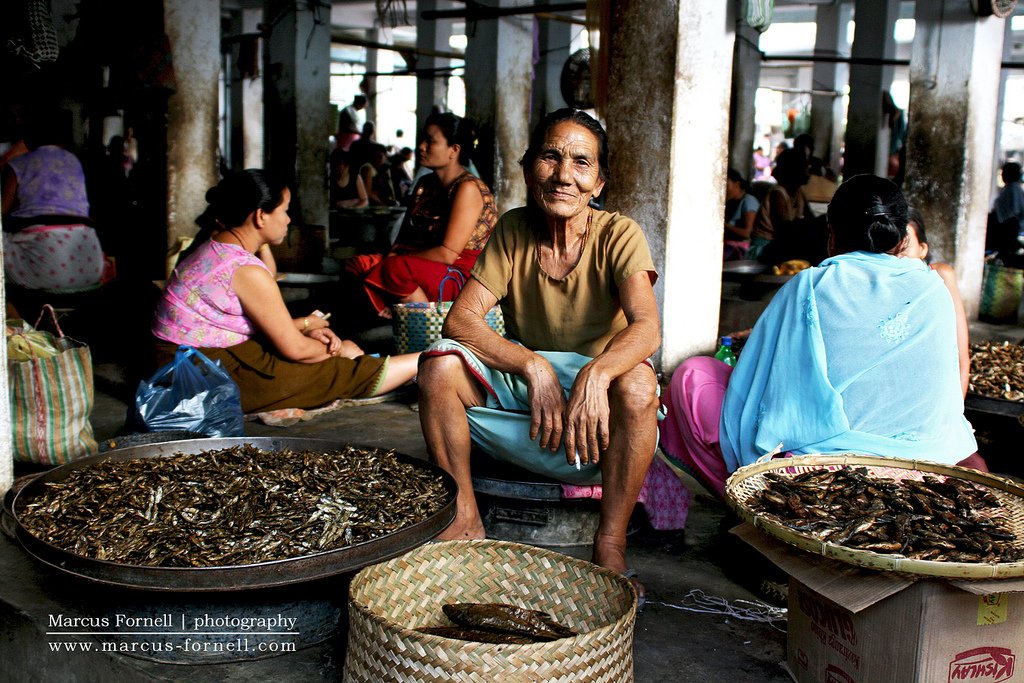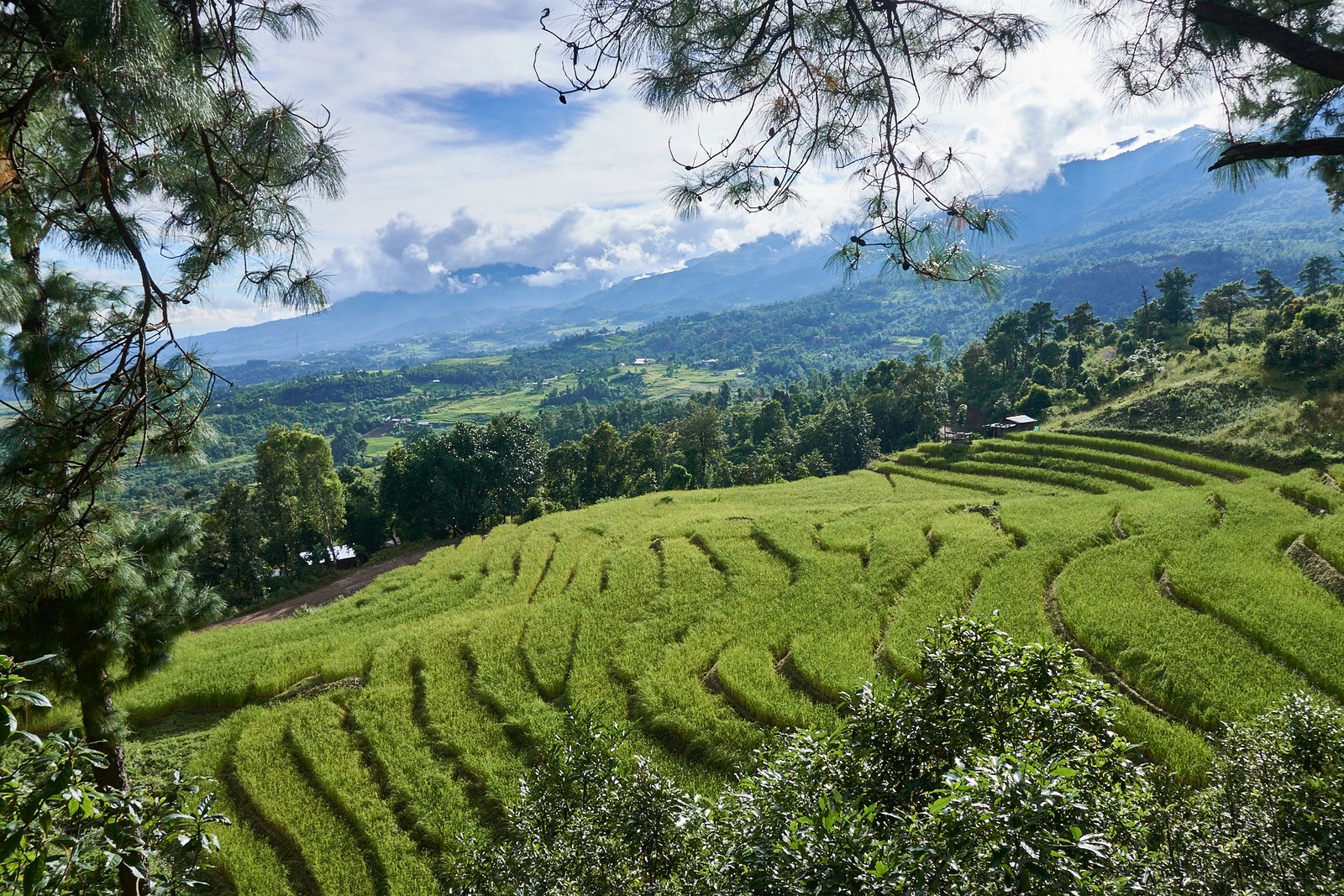Jewel of Incredible India
Manipur literally meaning “A jeweled land” nestle deep within a lush green corner of North East India. It seems much like an exquisite work of art executed by superb hands of Nature and is indeed a state of exquisite natural beauty and splendors, the beauty of which once inspired Mrs. St. Clair Grimwood described it as “A Pretty Place more beautiful than many show places of the world” Late Pandit Jawaharlal Nehru paid a fitting tribute by describing it as “Jewel of India”.Surrounded by blue hills with an oval-shaped valley at the centre, rich in art and tradition and surcharged with nature’s pristine glory. Manipur lies on a melting pot of culture. It is birth place of Polo. This is the place where Rajashree Bhagyachandra created the famous Ras Lila, the classical dance of Manipur, out of his enchanting dream by the grace of Lord Krishna.
Her folk dances reveal the mythological concept of creation of Manipur.
Having a varied and proud history from the earliest times, Manipur came under the British Rule as a Princely State after the defeat in the Anglo-Manipuri War of 1891. After independence of India in 1947, the Princely State of Manipur was merged in the Indian Union on October 15,1949 and became a full-fledged State of India on the 21th January
Manipur at a glance
Area : 22327 sq.km
Capital :Imphal
State Language :Manipuri.
Population : 27,21,756
Density : 83 Per Sq. Km.
Literacy : 70 %
Racial Origin of the People: Austric, Tibeto-Burman
Things to keep in mind before traveling
- The Indian government has relaxed permit requirements for foreigners to promote tourism to the North East. Foreigners no longer have to obtain special permits to visit Mizoram, Manipur, and Nagaland. (The requirement still remains for Arunachal Pradesh and Sikkim). Foreigners must, however, register themselves with the Foreigner’s Registration Office (District Superintendent of Police) within 24 hours of entry to each state.
- The weather in the north-east is pretty unpredictable, so be prepared to have delays due to the bad weather.
- Most roads in the Northeast are being converted into double-lane so right now they aren’t in the best shape.
- Locals are friendly and helpful. Be patient as not everyone will know fluent Hindi or English.
- Most cell phone networks don’t work well, so inform your family or friends about your whereabouts whenever possible.
- Don’t forget to carry some ready to cook food packets or instant noodles if you’re strictly a vegetarian.
- Carry extra batteries, power banks and most importantly warm clothing.
- Keep at least a couple of extra days in hand in case of any problems like landslides and bad weather on your way.
By Air
Manipur has an airport located at its capital city Imphal. The airport at Imphal is well connected with major Indian Cities like Delhi, Kolkata and Guwahati. Indian airlines have regular operation to this city and other important cities in the North-East of India.
By Train
The state of Manipur has a railway station in Modpur which receives trains from some parts of the country. Besides, other northeastern cities like Guwahati, Dimapur, Silchar which have railway stations and are serviced by important trains to and from the rest of the country. From these cities one can reach Manipur by road.
By Road
The road network is quite efficient in Manipur. National Highway 39 connects Manipur with major cities like Guwahati, Dimapur, Kohima, Schilchar in the northeastern part on India.
- Manipur borders with 3 states – Nagaland in north, Mizoram in southwest, Assam in northwest. It also shares international boundary with Myanmar in east. Length of international border along with Myanmar is 398 Km.
- Mount Iso of Senapati district is the highest peak of state with an altitude of 2,994 m.
- River Barak is the largest river of Manipur.
- Loktak lake which is the biggest fresh water lake of northeast India is quite popular. It is famous for its unique Phumdis – the floating islands
- Keibul Lamjao is the only one floating national park of the world floats over the Loktak lake.
- Handloom weaving is the biggest industry of the state and accounts for one third of household workers.
- The advent of Japanese forces to India was checked after they were defeated by British near the border of Imphal during World War II.
- Manipur was called as Jewel of India by Jawaharlal Nehru
Top Places To Visit
- Imphal
- Govindajee Temple
- War Cemetery
- Khonghampat Orchidarium
- Zoological Gardens
- Langthabal
- Bishnupur
Day 1: Arrive at Guwahati Airport. Drive to Imphal and check in at hotel.
Day 2: Visit Kangla fort and Ima Market
Day 3: Full day sightseeing –Govindajee Temple ,Loktak lake(largest fresh water lake in north east), INA Memorial(Indian tri color was first hoisted here by Netaji Subhash Chandra Bose’s Indian National Army), Japanese War Memorial, War Cemetery. Overnight Imphal.
Day 4: Leave early in the morning to visit the Indo-Myanmar Border Town of Moreh. On reaching there we will cross over to the Myanmar side to see altogether a different culture and lifestyle in their nearest toen of Tamu. There we will make a quick visit to the Buddhist Pagoda and the Local Market, then spend some time in the Namphalong market . Return back to Imphal and overnight.
Day 5: Morning go for a day trip to Andro Cultural Village. Visit the Cultural Heritage Complex. Here the practice of fire worshipping is still continued in the temple of Panam Ningthou. It is prepared in turn by every house-hold member of the village. The community of Andro has occupied a major portion in the map of traditional pot making culture. They still preserve the traditional rituals and norms relating to the process of pot making. Moreover, the villagers are nature loving people and always maintain a good relation with nature to keep a pollution free ecosystem. In brief, we can call the village as the living heritage village. Interact with the villagers and see pottery making. Later proceed to Kakching Garden before finally returning back to Imphal, Overnight in Imphal.
Day 6: Post breakfast in the morning, drive back to Airport for your onwards journey.












